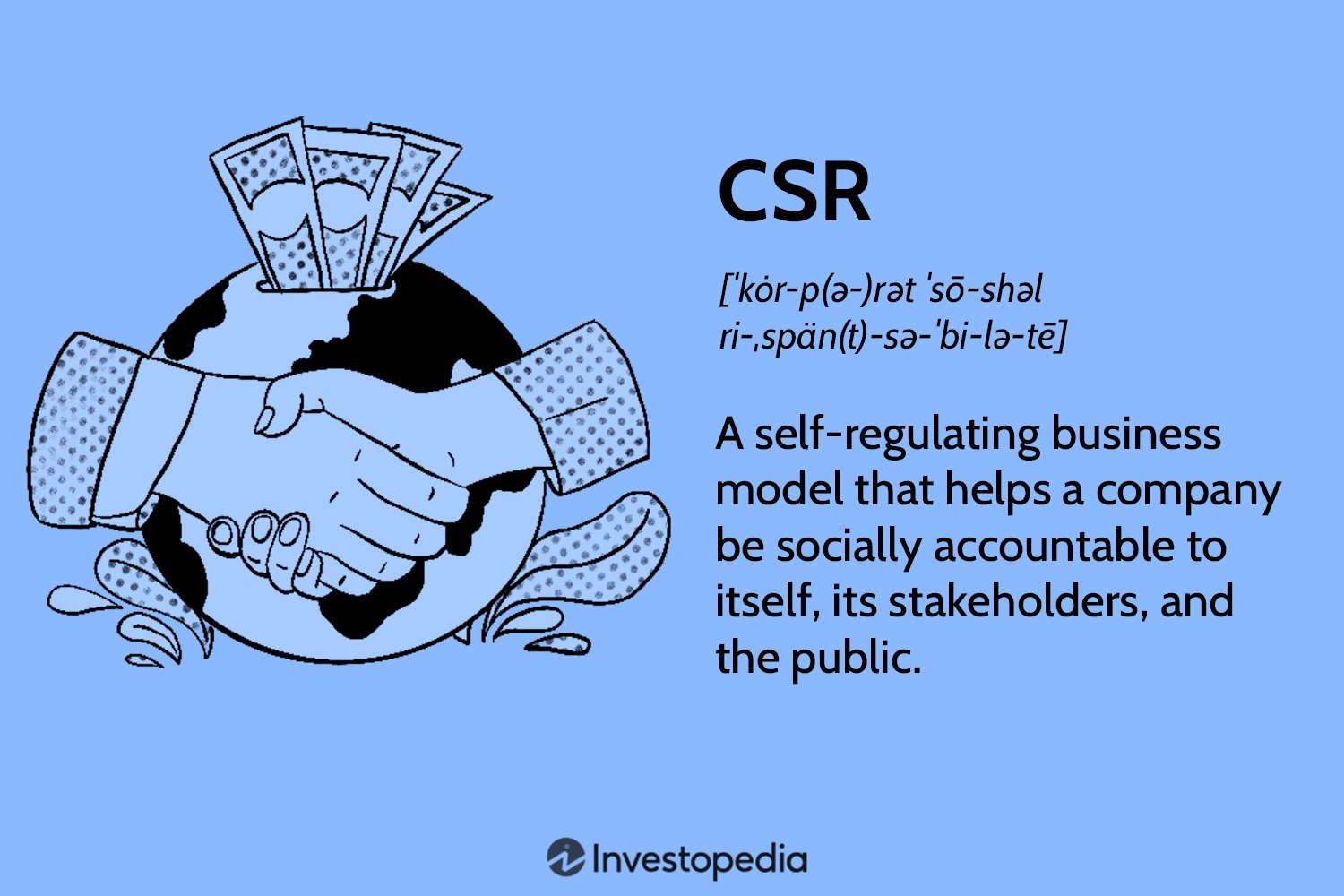Are you intrigued by the world of investing? Do you find yourself wondering how to make informed decisions to maximize your returns? Look no further! Understanding the fundamentals of value investing is key to gaining a deeper understanding of the stock market and identifying hidden gems. In this blog article, we will embark on a journey to demystify the concept of value investing, providing you with actionable insights and strategies to enhance your investment prowess. So, let’s dive right in and unravel the secrets behind successful value investing!
Understanding the Fundamentals of Value Investing
What is Value Investing?
Value investing is an investment strategy that focuses on buying stocks or other investments that are considered undervalued by the market. The concept of value investing was popularized by renowned investor Benjamin Graham and further refined by his student, Warren Buffett. The strategy involves analyzing the intrinsic value of a company and purchasing its stock at a price lower than its intrinsic value.
The Principles of Value Investing
Value investing is based on a few key principles that help investors identify undervalued assets. These principles include:
- Margin of Safety: Value investors seek an adequate margin of safety by purchasing stocks at prices significantly below their estimated intrinsic value. This margin provides a cushion against potential losses and increases the probability of generating positive returns.
- Long-Term Perspective: Value investing is not a short-term strategy. Investors who follow this approach have a long-term perspective and are willing to hold onto their investments for extended periods, allowing the market to recognize the true value of the assets.
- Focus on Fundamental Analysis: Value investors place a heavy emphasis on fundamental analysis, which involves analyzing various aspects of a company’s financial health, such as its earnings, cash flow, and balance sheet. By understanding a company’s fundamentals, investors can make informed decisions about its value.
- Patience: Value investing requires patience. The process of identifying undervalued assets and waiting for the market to recognize their value can sometimes take time. Successful value investors understand that short-term market fluctuations do not necessarily reflect the true worth of a company.
Key Metrics for Value Investing
To determine the intrinsic value of a company, value investors use several key metrics that help evaluate its financial health and prospects. Some of the most widely used metrics in value investing include:
Price-to-Earnings (P/E) Ratio:
The P/E ratio is calculated by dividing the market price of a company’s stock by its earnings per share (EPS). It helps investors understand how much they are paying for each dollar of a company’s earnings. A lower P/E ratio suggests the stock may be undervalued.
Price-to-Book (P/B) Ratio:
The P/B ratio compares a company’s market value to its book value, which is the value of its assets minus liabilities. It provides insight into whether the stock is trading at a discount or a premium to its net assets. A lower P/B ratio can indicate an undervalued stock.
Dividend Yield:
The dividend yield measures the annual dividend payment of a stock relative to its market price. It is calculated by dividing the dividend per share by the market price per share. A higher dividend yield can be indicative of an undervalued stock.
Return on Equity (ROE):
ROE measures a company’s profitability by assessing the return generated on shareholder equity. It is calculated by dividing net income by shareholder equity. A higher ROE typically suggests a company is efficiently utilizing its equity.
Value vs. Growth Investing
While value investing focuses on finding undervalued assets, growth investing emphasizes investing in companies with strong growth potential. Both approaches have their merits, and investors often debate which strategy is superior. Here are a few key differences between value and growth investing:
Investment Style:
Value investing is often considered a more conservative approach, as it targets established companies with stable cash flows and attractive valuations. On the other hand, growth investing seeks out companies that are expected to experience above-average growth rates, often in industries such as technology or healthcare.
Time Horizon:
Value investing typically has a longer time horizon compared to growth investing. Value investors are willing to wait patiently for the market to recognize the true value of the assets they hold, while growth investors may have a shorter investment horizon, aiming to capitalize on rapid earnings growth.
Risk Profile:
Value investing is generally associated with lower risk compared to growth investing. By purchasing undervalued assets, value investors have a margin of safety that can protect against downside risk. Growth investing, on the other hand, involves higher risk as investors are betting on future growth prospects, which may or may not materialize.
The Benefits of Value Investing
Value investing offers numerous benefits for those who employ this strategy. Some of the key advantages include:
- Potential for Higher Returns: By purchasing undervalued assets, value investors have the opportunity to generate higher returns when the market recognizes their true value.
- Reduced Downside Risk: The margin of safety provided by value investing can mitigate potential losses. Even if the market does not immediately recognize the value of a stock, the investor has purchased it at a discount, reducing the downside risk.
- Focus on Fundamentals: Value investing encourages investors to analyze a company’s fundamentals, gaining a deeper understanding of its financial health and long-term potential. This fundamental analysis can help investors make more informed decisions.
- Protection Against Market Volatility: Value investors tend to have a long-term perspective and are less influenced by short-term market fluctuations. This approach can provide stability and protect against the emotional temptation to make impulsive investment decisions.
Key Considerations for Value Investors
While value investing can be a successful investment strategy, it is essential to consider certain factors when implementing it:
Market conditions:
Value investing depends on the existence of undervalued assets in the market. During periods of bullish market conditions, it can be more challenging to find attractive opportunities. Investors must remain patient and wait for favorable market conditions to identify undervalued stocks.
Risk management:
Although value investing mitigates downside risk to some extent, it is crucial to diversify investments across various sectors and industries. Diversification helps minimize the impact of any adverse events that may affect a specific company or industry.
Continual learning and research:
Value investing requires ongoing learning and research to identify potential investment opportunities. Staying updated with industry trends, financial news, and company-specific developments is essential for making informed investment decisions.
Psychological resilience:
Value investing often involves swimming against the tide. To succeed, investors need to have the psychological resilience to withstand short-term market fluctuations and remain committed to their long-term investment strategy.
Value investing is an investment strategy grounded in the principles of purchasing undervalued assets and waiting for the market to recognize their true worth. By focusing on fundamental analysis and having a long-term perspective, value investors aim to generate higher returns with reduced downside risk. While implementing value investing requires patience, research, and discipline, it can offer numerous benefits for investors who are willing to follow this strategy. Considered one of the most successful investment approaches, value investing has been employed by renowned investors like Warren Buffett, providing a proven framework for those seeking long-term financial success.
WARREN BUFFETT AND THE INTERPRETATION OF FINANCIAL STATEMENTS
Frequently Asked Questions
Frequently Asked Questions (FAQs)
What is value investing?
Value investing is an investment strategy that involves identifying undervalued stocks or assets in the market. It focuses on buying these assets at a price lower than their intrinsic value, with the belief that the market will eventually recognize their true worth and the investment will yield profitable returns.
How does value investing differ from other investment strategies?
Value investing differs from other strategies, such as growth investing, in that it prioritizes the intrinsic value of an asset rather than its potential for future growth. Value investors typically look for companies or assets that are temporarily undervalued due to market fluctuations, financial performance, or other factors.
What are the key principles of value investing?
The key principles of value investing include conducting thorough research, buying assets at a discount, focusing on the long-term, and having the discipline to stay true to the investment plan. Value investors also prioritize margin of safety, which means investing in assets that have a significant gap between their market price and intrinsic value.
How do value investors analyze stocks or assets?
Value investors analyze stocks or assets by examining various factors such as the company’s financial statements, competitive advantage, management team, industry trends, and economic conditions. They use fundamental analysis to assess the intrinsic value and determine whether the current market price offers a suitable margin of safety.
What are the risks associated with value investing?
Like any investment strategy, value investing carries certain risks. One of the main risks is the possibility of misjudging the intrinsic value of an asset, leading to a poor investment decision. Additionally, value investing often requires a longer investment horizon, which means holding onto assets during periods of market volatility. Market conditions and unforeseen events can also impact the success of value investing.
Can value investing be applied to other asset classes besides stocks?
Yes, value investing principles can be applied to other asset classes besides stocks. Value investors can analyze and invest in other assets such as bonds, real estate properties, or even entire businesses. The underlying idea remains the same – buying these assets at a discounted price compared to their intrinsic value.
Is value investing suitable for all types of investors?
Value investing can be suitable for investors with a long-term investment horizon who are willing to conduct thorough research and exercise patience. It may not be suitable for those seeking short-term gains or who prefer more speculative investment strategies. It is important for individuals to assess their own risk tolerance and investment goals before adopting any particular investment strategy.
How can beginners start practicing value investing?
Beginners can start practicing value investing by first educating themselves on the fundamental principles and strategies. It is important to learn how to analyze financial statements, understand valuation techniques, and develop a disciplined approach to investing. Utilizing resources such as books, online courses, and seeking guidance from experienced value investors can also be beneficial in getting started.
Final Thoughts
Understanding the fundamentals of value investing is crucial for investors looking to make informed decisions. By focusing on the underlying value of a company rather than short-term market fluctuations, value investors seek out opportunities to buy stocks at a discount. Through careful analysis of financial statements, industry trends, and management, they can identify companies with strong potential for growth and profitability. By employing this strategy, investors can potentially generate long-term returns that outperform the market. Remember, understanding the fundamentals of value investing empowers investors to make insightful choices based on a company’s intrinsic worth.



